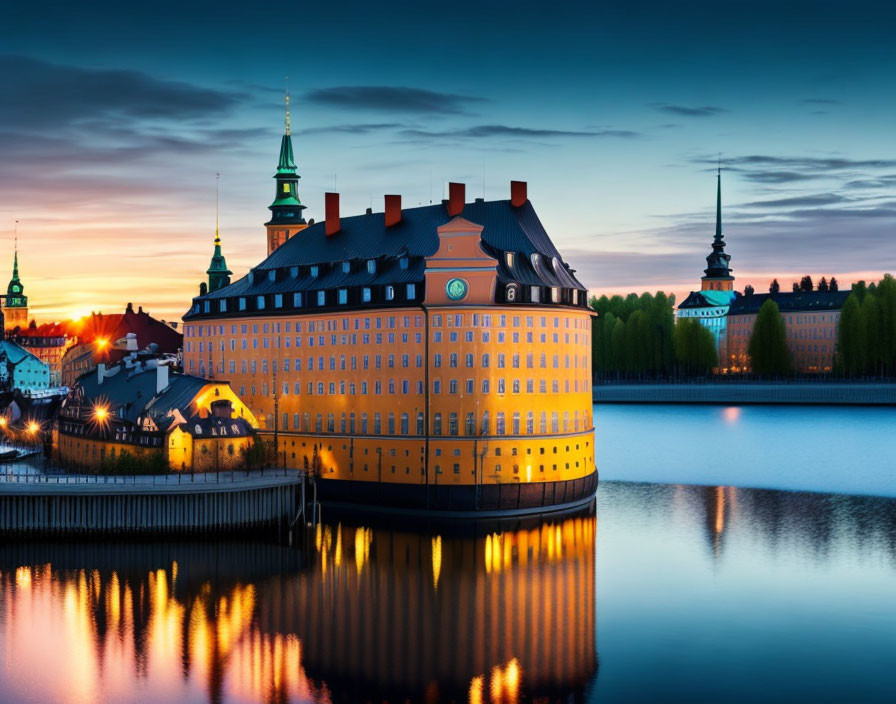
Sweden has one of the most stable and prosperous economies in the world. Its economy is based on a model known as the Nordic Model, which emphasizes high levels of social welfare, economic equality, and a strong commitment to environmental sustainability. In this article, we’ll take a closer look at Sweden’s economy and how the Nordic Model has contributed to its success.
GDP and Trade
Sweden has a GDP of $538.0 billion, making it the 21st largest economy in the world. The country is heavily dependent on exports, with exports accounting for approximately 44% of its GDP. Sweden’s top exports include machinery, vehicles, and pharmaceuticals. Its largest trading partner is Germany, followed by Norway, the United States, and the United Kingdom.
Employment and Labor Market
Sweden has a highly educated workforce, with over 90% of its population having at least a secondary education. The country also has one of the highest employment rates in the European Union, with a rate of 77.6% in 2020. Sweden’s labor market is highly regulated, with strong workers’ rights and high minimum wages. However, the country has also implemented a number of reforms in recent years aimed at increasing labor market flexibility and reducing unemployment.
EU opens first mainland satellite launch port in Arctic Sweden | DW News – YouTube
Social Welfare and Equality
Sweden is known for its high levels of social welfare and economic equality. The country has a universal healthcare system and provides generous social benefits, such as paid parental leave and subsidized childcare. Sweden also has one of the highest levels of income equality in the world, with a Gini coefficient of 0.25.
Environmental Sustainability

Sweden is committed to environmental sustainability and has implemented a number of policies aimed at reducing its carbon footprint. The country has set a goal of becoming carbon neutral by 2045 and has invested heavily in renewable energy sources, such as wind and solar power. Sweden is also a leader in waste management and recycling, with over 99% of its household waste being recycled or used for energy production.
Conclusion
Sweden’s economy is a model of stability and prosperity, thanks in part to the Nordic Model’s emphasis on social welfare, economic equality, and environmental sustainability. The country’s highly educated workforce, strong trade relationships, and commitment to sustainability have made it a leader in the global economy. As Sweden continues to navigate the challenges of a rapidly changing world, it will be interesting to see how the Nordic Model continues to shape its economic policies and strategies.






